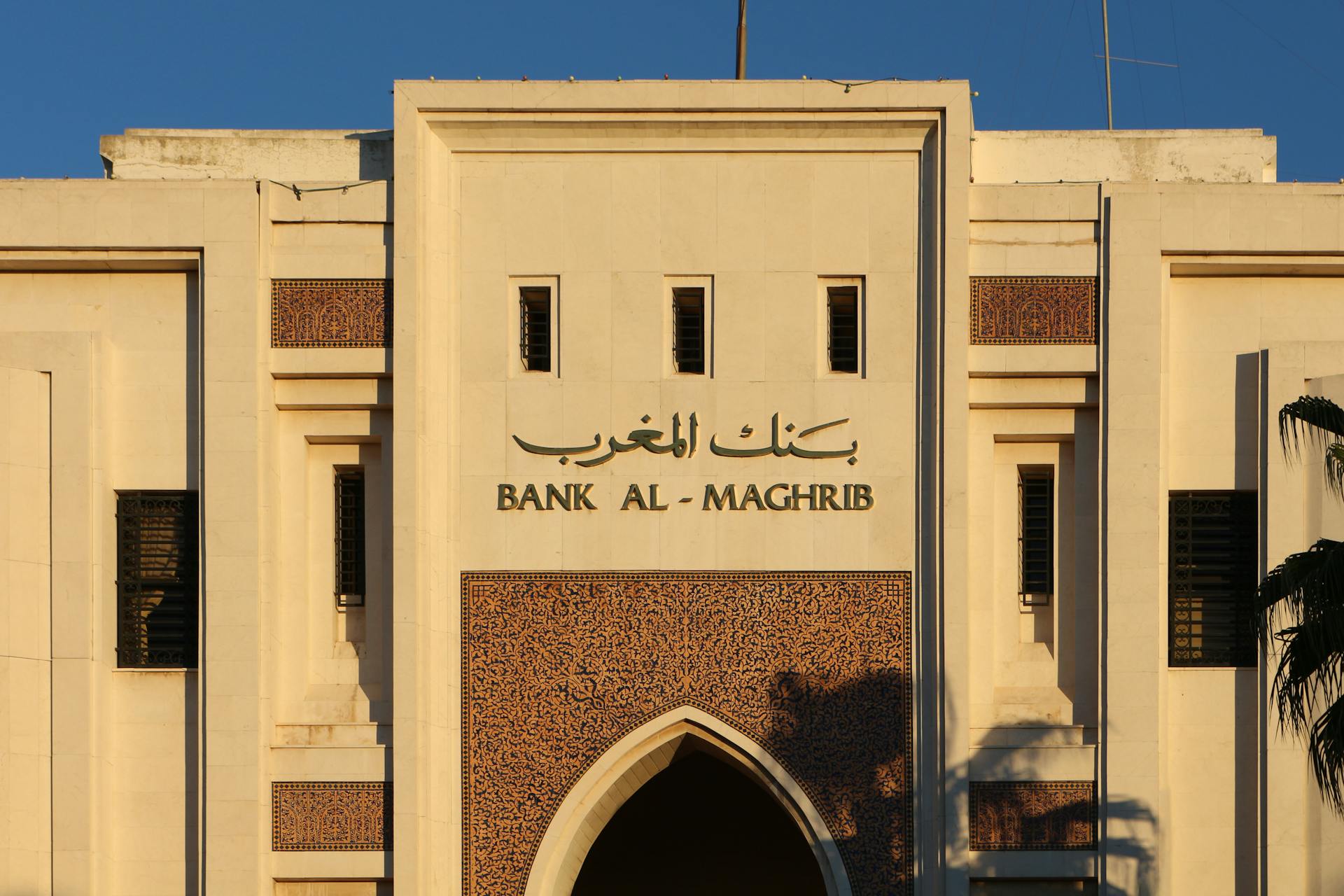Islamic Digital Banking: A Growing Force in Global Finance
Combining Sharia principles with modern fintech innovation

In recent years, islamic digital banking has evolved from a niche offering to a rapidly expanding sector within global finance. The combination of fintech innovation, changing consumer behavior, and the growing demand for Sharia-compliant solutions has created fertile ground for new banking models that merge ethical principles with modern technology.
What Sets Islamic Digital Banking Apart
Unlike conventional banking, Islamic financial institutions operate under Sharia law, which prohibits interest (riba) and speculative transactions (gharar). Instead, these banks use alternative financing methods, such as:
-
Profit-sharing agreements (Mudarabah) — where profits are shared between the bank and the customer.
-
Trade-based financing (Murabaha) — where the bank purchases an asset and sells it to the customer at a markup.
-
Leasing contracts (Ijarah) — where the bank retains ownership of the asset and leases it to the customer.
This approach aligns financial operations with ethical guidelines, ensuring investments are directed only into permissible industries and avoiding sectors such as gambling, alcohol, or weapons manufacturing.
Why the Market Is Growing
The expansion of Islamic digital banking is driven by a mix of demographic, technological, and regulatory factors:
-
Digital-first consumer mindset — Younger generations expect banking to be mobile-friendly, fast, and intuitive.
-
Government support — Many countries with significant Muslim populations are introducing regulatory frameworks that encourage Sharia-compliant fintech solutions.
-
Globalization of finance — Multinational banks are exploring Islamic digital products to expand into new markets.
According to industry forecasts, the global Islamic finance market could exceed $4 trillion in assets within the next decade, with digital channels capturing an increasing share of this growth.
Comparing Conventional and Islamic Digital Banking
| Feature | Conventional Digital Banking | Islamic Digital Banking |
|---|---|---|
| Interest (Riba) | Charged on loans and deposits | Prohibited |
| Investment screening | Limited restrictions | Strict Sharia compliance |
| Financing model | Debt-based | Trade/profit-sharing |
| Risk distribution | Primarily on borrower | Shared between bank and client |
The Role of UX/UI in Islamic Digital Banking
In a competitive digital landscape, Sharia compliance alone is not enough to attract and retain customers. Seamless user experience, trust-building interfaces, and transparent communication are essential. Leading providers in this niche are investing in:
-
Mobile-first platforms that work flawlessly on any device
-
Clear onboarding flows that explain Sharia-compliant principles in simple language
-
Personalized dashboards that make account management intuitive
-
Accessible design that meets WCAG standards to serve all users
By combining Islamic financial principles with cutting-edge UX design, digital banks can differentiate themselves and win loyalty in both Muslim-majority and global markets.
Future Outlook
As fintech adoption accelerates, Islamic digital banking is poised to become a mainstream financial option, offering value to ethically minded consumers of all backgrounds. For institutions and startups alike, the winners will be those who integrate Sharia compliance with high-performance digital experiences, balancing tradition with innovation.